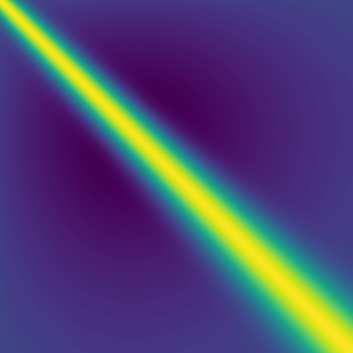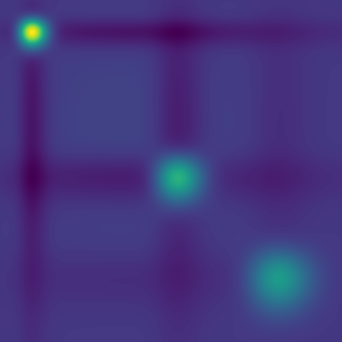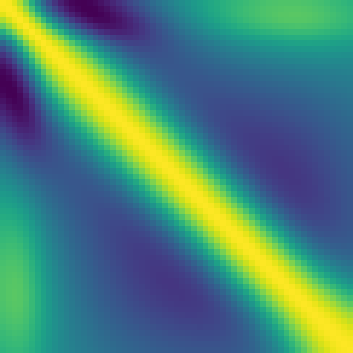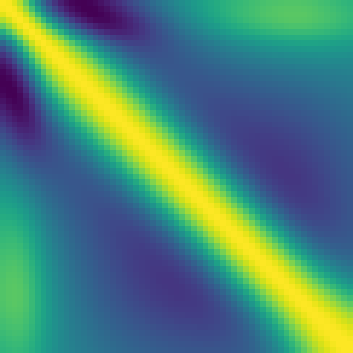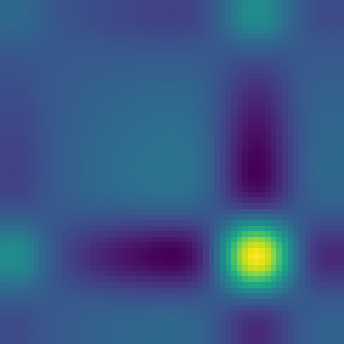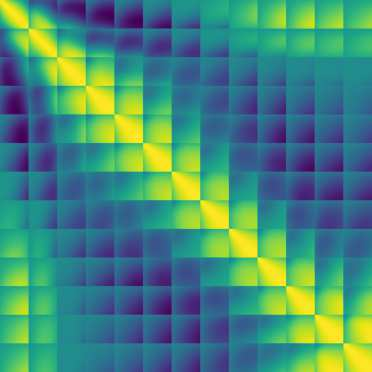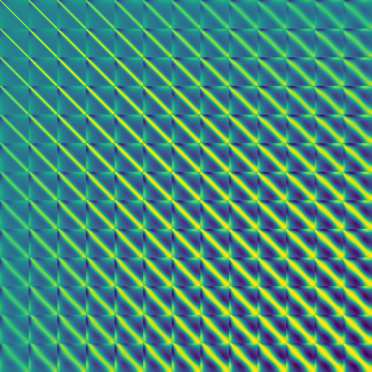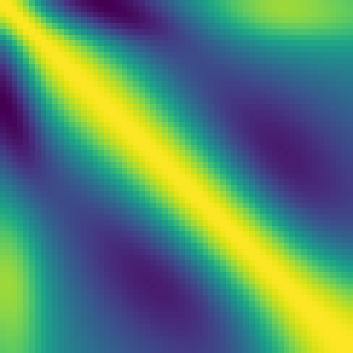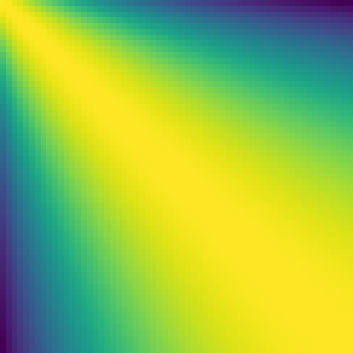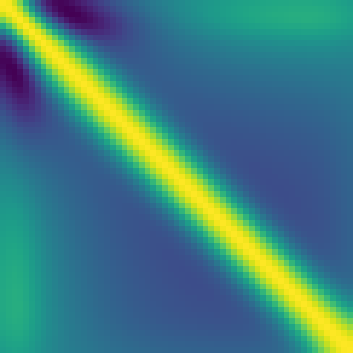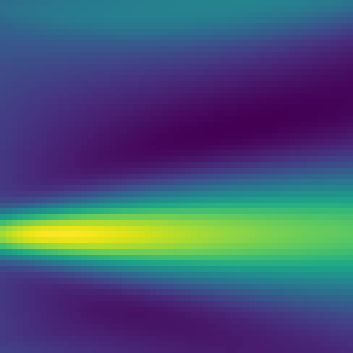In high-energy physics it is a recurring challenge to efficiently and precisely (enough) calculate the global significance of, e.g., a potential new resonance. The Gross and Vitells trials factor approximation [arXiv:1105.4355(3)] and [arXiv:1105.4355(1)], which is based on the average expected "up-crossings" of the significance in the search region, has revolutionized this for significances above 3 standard deviations, but the challenges of actually calculating the average expected up-crossings and the validity of the approximation for smaller significances remain. We propose a new method that models the significance in the search region as a Gaussian Process (GP). The covariance matrix of the GP is calculated with a carefully designed set of Asimov background-only data sets, comparable in number to the random background-only data sets used in a typical analysis, however, the average up-crossings (and even directly the trials factor for both low and moderate significances) can subsequently be calculated to the desired precision with a computationally inexpensive random sampling of the GP. Once the covariance of the GP is determined, the average number of up-crossings can be computed analytically. In our work we give some highlights of the analytic calculation and also discuss some peculiarities of the trials factor estimation on a finite grid. We illustrate the method with studies of three complementary statistical models, including the one studied by Gross and Vitells [arXiv:1105.4355(3)].
翻译:在高能物理学中,这是一个反复出现的挑战,即要高效率和准确地(enough)地计算出全球重要性,例如,潜在的新的共振。Gross和Vitells试验系数近似[arXiv:1105.4355(3)]和[arXiv:1105.435555(1)]。Gross和Vitells试验系数近似于[arXiv:1105.4355(3)]和[arXiv:1105.433555(1)],其依据是搜索区域重要性的平均预期“交叉”值,使这一数值发生革命性变化,因为其重要性超过3个标准偏差,但实际计算平均交叉值和近似值对较小重要性的有效性的挑战依然存在。我们提出了一种新的方法,即将搜索区域的重要性作为Gossian进程(GP)的一部分。GP的正变式矩阵是精心设计的一套仅以Asimov背景的数据集,其数量可与典型分析中使用的随机背景数据集相比。然而,平均交叉值(甚至直接计算低度和中度估计值的精度系数)随后可以计算出理想的精确度。我们对GGPGP的平均43的平均随机抽样抽样抽样研究进行某种分析之后,可以确定一个分析。我们的一项方法。



